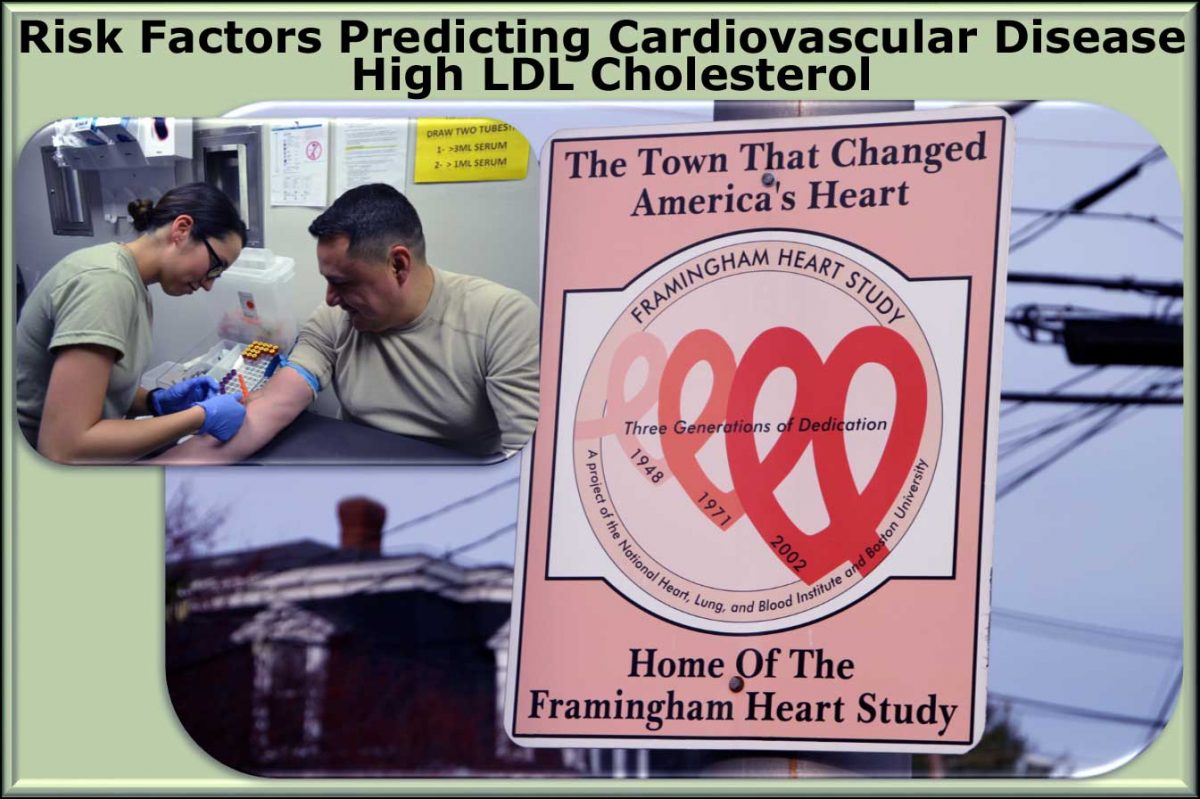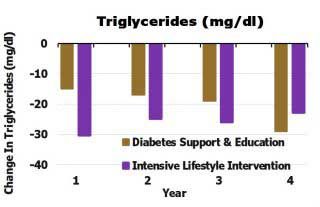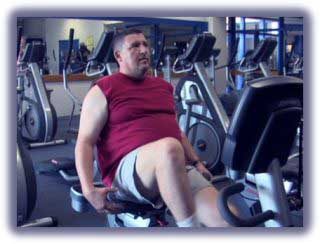Telehealth Reverse Diabetes And Improve Lipid Metabolism | Free Trial In Texas

Reversing type 2 diabetes improves health now and lengthens life in several ways. It helps correct high cholesterol as well as helping to correct high blood pressure. Better health now and longer, healthy life for years to come.
In 1961, analysis of data from the Framingham Heart Study revealed the dangers of high cholesterol levels and diabetes mellitus.
In 1977, lipid and lipoprotein values were defined as major risk factors for cardiovascular disease.
Taken all together, reversing diabetes, reducing high cholesterol and correcting high blood pressure protects against heart disease and stroke!
There are medications to control high cholesterol and hypertension. They certainly should be used while reversing type 2 diabetes. Eventually, remission of diabetes usually makes taking most of those medications less important.
To learn more about programs Herd Healthcare offers, our website is:
www.herdhealthcare.com
Cholesterol Metabolism Causing Cardiovascular Disease
Lipid and lipoprotein values, including fasting triglycerides (TG), low density lipoprotein cholesterol (LDL) and total cholesterol levels (TChol) are major risk factors for cardiovascular disease. High density lipoprotein cholesterol (HDL) is a protective factor against coronary artery disease.
Cholesterol is essential for life. It is necessary to make hormones and digestive fluid and to build cells. But it doesn’t dissolve in blood. It is carried to where it’s needed in fat molecules called lipoproteins.
Those lipoproteins vary in size, shape and density. Some high weight lipoproteins are safe carrying cholesterol to and from the cells they enter. They are called High Density Lipoproteins. More of them, low in weight are not safe because they become trapped and held in cells. They are called Low Density Lipoproteins.
Over years, more and more of the low density lipoproteins becomes lodged in cells lining the arteries, especially arteries to the heart, brain and legs. Those cells eventually can become thickened enough to obstruct the flow of blood. How soon that happens depends on the amounts of cholesterol laden low density lipoproteins circulating in blood.
Cholesterol and lipoproteins are partly absorbed from fat in food and partly created by metabolism in the wall of the intestinal tract and the liver. The more fat that gets absorbed and the longer it takes to get cleared from the blood, the more cholesterol and low density lipoprotein gets built up in the walls of the arteries.
Cholesterol And Lipid Metabolism in Diabetes
Type 2 diabetes (T2DM) is associated with changes in body weight and composition. Most adult men and women with T2DM are obese. Men weigh about  30 lb more than normal men with healthy weight and women weigh about 25 lb more. The length around the middle of the abdomen of adult men and women with T2DM is about 5 inches more than the waist circumference of normal adults with good health.
30 lb more than normal men with healthy weight and women weigh about 25 lb more. The length around the middle of the abdomen of adult men and women with T2DM is about 5 inches more than the waist circumference of normal adults with good health.
We define diabetes by the high levels of sugar circulating in the blood. We could  just as accurately define diabetes by the abnormally high levels of fat (called triglycerides) and cholesterol that circulate. The high levels of triglycerides cause the liver to form and secrete large, dense fat molecules.
just as accurately define diabetes by the abnormally high levels of fat (called triglycerides) and cholesterol that circulate. The high levels of triglycerides cause the liver to form and secrete large, dense fat molecules.
These large, dense fat molecules are broken into small low density lipoproteins (LDL) which carry cholesterol into cells. There’s less formation of high density lipoproteins (HDL) which carry less cholesterol in and out of cells.
Both the high levels of LDL cholesterol and the low levels of HDL cholesterol predict earlier and more severe obstructions of arteries. The result is to increase the early occurrence of heart attacks and strokes.
Weight Reduction And Lipid Metabolism
Obesity associated with T2DM develops because more sugar, fat and protein are consumed than metabolism and physical work can handle. There’s no room left in skeletal muscle or liver to store excess nutrients. The high levels of sugar and fat in the blood that persist all day and all night cause the pancreas to secrete more and more insulin. The high levels of triglycerides cause the liver to secrete more and more lipoproteins containing cholesterol.
Decreasing intake of food decreases the levels of sugar and fat enough so they can be cleared from the blood between meals and overnight. The effect of reducing intake of food enough to cause rapid loss of body weight also decreases levels of insulin, sugar, fat and cholesterol in the blood.
 Investigators in Denmark tested the effect of reducing daily intake of food to amounts containing less than 1,000 kilocalories per day for 8 weeks. They studied the changes in 11 men and women with T2DM who did not require daily injections of insulin to control their diabetes.
Investigators in Denmark tested the effect of reducing daily intake of food to amounts containing less than 1,000 kilocalories per day for 8 weeks. They studied the changes in 11 men and women with T2DM who did not require daily injections of insulin to control their diabetes.
As shown in the table, all subjects had mild T2DM with BMI > 35, fasting blood sugar of 146 mg/dL and fasting insulin levels of 176 pmol/L. (Healthy levels of fasting blood sugar are < 100 mg/dL and healthy fasting insulin levels < 50 pmol/L.)
After 8 weeks of restricted food intake, body weight fell -11%, fasting sugar levels fell -21% and triglyceride levels fell -39%. Levels of fasting insulin fell more than -50%. Levels of LDL cholesterol fell -17%.
These results indicate that food restriction to less than 1,000 kcal/day rapidly reduced the dangerous metabolic effects of excess food consumption.
Education And Coaching In Nutrition And Exercise
Reducing excess food consumption to balance daily energy requirements for metabolism and physical work is difficult. Short term studies lasting a few weeks or months show substantial improvements in T2DM. However, studies lasting several years are less effective.
The effects of intensive education and personal coaching for 12 months has been tested in several states of the U.S. Investigators in 16 Clinical Centers recruited, educated, coached and supervised nutrition and physical activity of 5,145 men and women with T2DM. Approximately 15% were using daily injections of insulin.
Averaged over 4 years, the subjects who received intensive coaching and  supervision had substantially greater reductions in weight. The objective was a -7% weight loss at year 1 that was maintained for the duration of the study. Subjects were assigned 1,200 to 1,800 kcal/day depending on initial weight. Liquid meal replacements were provided free of charge. The greatest loss in weight was -8.6% achieved by the intensively coached group at the end of 12 months. After the end of intensive coaching, the average weight loss was -4.7%.
supervision had substantially greater reductions in weight. The objective was a -7% weight loss at year 1 that was maintained for the duration of the study. Subjects were assigned 1,200 to 1,800 kcal/day depending on initial weight. Liquid meal replacements were provided free of charge. The greatest loss in weight was -8.6% achieved by the intensively coached group at the end of 12 months. After the end of intensive coaching, the average weight loss was -4.7%.
 The greatest reduction in HbA1c was achieved by the intensively coached group. Here, again the reductions achieved during intensive coaching in the first year diminished during the following years. However, the reductions were maintained even when insulin injections and oral agents were reduced during the following years. More of the medications were continued in the group that was less intensively coached.
The greatest reduction in HbA1c was achieved by the intensively coached group. Here, again the reductions achieved during intensive coaching in the first year diminished during the following years. However, the reductions were maintained even when insulin injections and oral agents were reduced during the following years. More of the medications were continued in the group that was less intensively coached.
 Reductions of -10% to -20% in levels of triglycerides were measured in blood samples from the most intensively coached subjects. These values were about twice the reductions measured in the group that was less intensively coached. During the years after intensive coaching, triglycerides decreased until they were about equal.
Reductions of -10% to -20% in levels of triglycerides were measured in blood samples from the most intensively coached subjects. These values were about twice the reductions measured in the group that was less intensively coached. During the years after intensive coaching, triglycerides decreased until they were about equal.


Reductions in LDL cholesterol were less than -10% and increases in HDL cholesterol were less than +10% during the first 4 years.
Greater use of lipid lowering drugs occurred during the first several years of the trial. Changes in Total cholesterol and LDL cholesterol may have been caused by the introduction of those new drugs which were not restricted during the study.
The modest -5% reduction in body weight simply was not enough to improve the management of T2DM. Reductions in body weight of -10% to -20% do decrease LDL cholesterol enough to reduce the severity of cardiovascular disease and prevent the occurrence of heart attacks and strokes.
Reductions in body weight less than -10% are not effective in reversing diabetes.
Exercise And HDL Cholesterol Metabolism
Regular endurance exercise has been shown to reduce the occurrence of cardiovascular disease. Both aerobic endurance exercise and resistance strength training have proved to be effective.
Improving HDL cholesterol levels is particularly effective during aerobic endurance training. This has been best demonstrated in subjects who have high triglyceride levels and low levels of HDL cholesterol in their blood.
This combination of lipid levels is seen most often in subjects who have a maximum waist circumference greater than 40 inches in men and 35 inches in women. T2DM also is commonly associated with abnormal waist circumference along with low levels of HDL cholesterol and high levels of triglycerides.
The effect of aerobic endurance training has been demonstrated as part of the HERITAGE Family Study conducted in Canada and the US. The subjects were 62 men approximately 42 years of age, BMI > 25, and maximum waist circumference was approximately 40 inches.
Laboratory values of prediabetes were measured in all subjects. Triglyceride values were 217 mg/dL, HDL cholesterol values were 29 mg/dl and fasting insulin levels were approximately twice the normal healthy values.
 Aerobic endurance training consisted of 30 minute sessions pedaling at moderate intensity on a stationary bicycle 3 days each week for 20 weeks.
Aerobic endurance training consisted of 30 minute sessions pedaling at moderate intensity on a stationary bicycle 3 days each week for 20 weeks.
Results after 20 weeks included decrease of triglyceride values of -18% and an increase in HDL cholesterol of +18%.
Results of this study indicated improved lipid metabolism including HDL cholesterol in men with abdominal obesity and elevated triglyceride levels.
Summary
Modest weight reduction in obese patients with type 2 diabetes has a small effect on triglyceride and cholesterol metabolism.
In contrast, reversal of T2DM with body weight reduction of -10% to -20% restores lipid metabolism towards normal values. Medications for lowering LDL cholesterol continue to be important if Total cholesterol minus HDL cholesterol continues above 130 mg/dL.
Aerobic endurance exercise and resistance strength training both are effective in restoring cholesterol and lipid metabolism towards normal healthy values.
Aerobic endurance exercise is particularly effective in restoring HDL cholesterol towards normal. Resistance strength training is particularly effective in restoring insulin resistance towards normal healthy values.
Let us help you prevent and correct high triglyceride and low HDL cholesterol values by reversing type 2 diabetes.

We are pleased to share our blog articles with you, and we are always interested to hear from our readers. Our website address is: www.herdhealthcare.com




